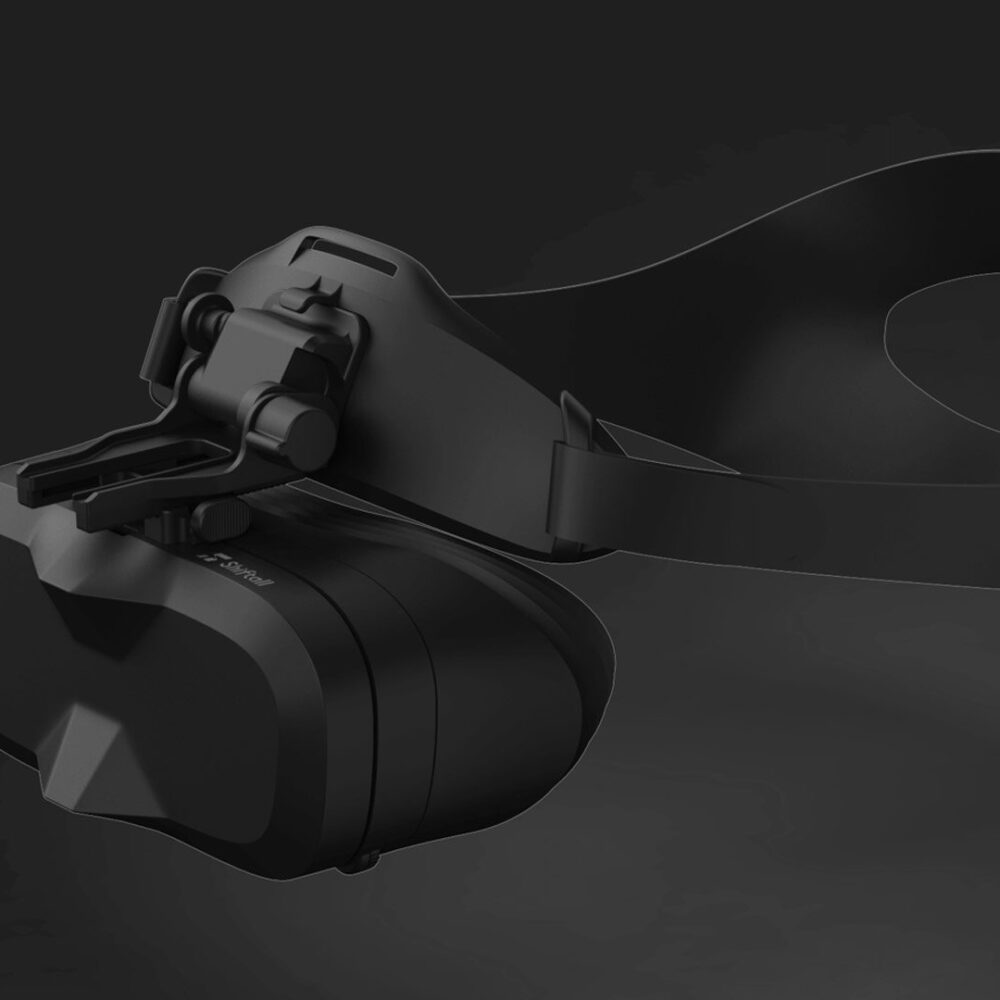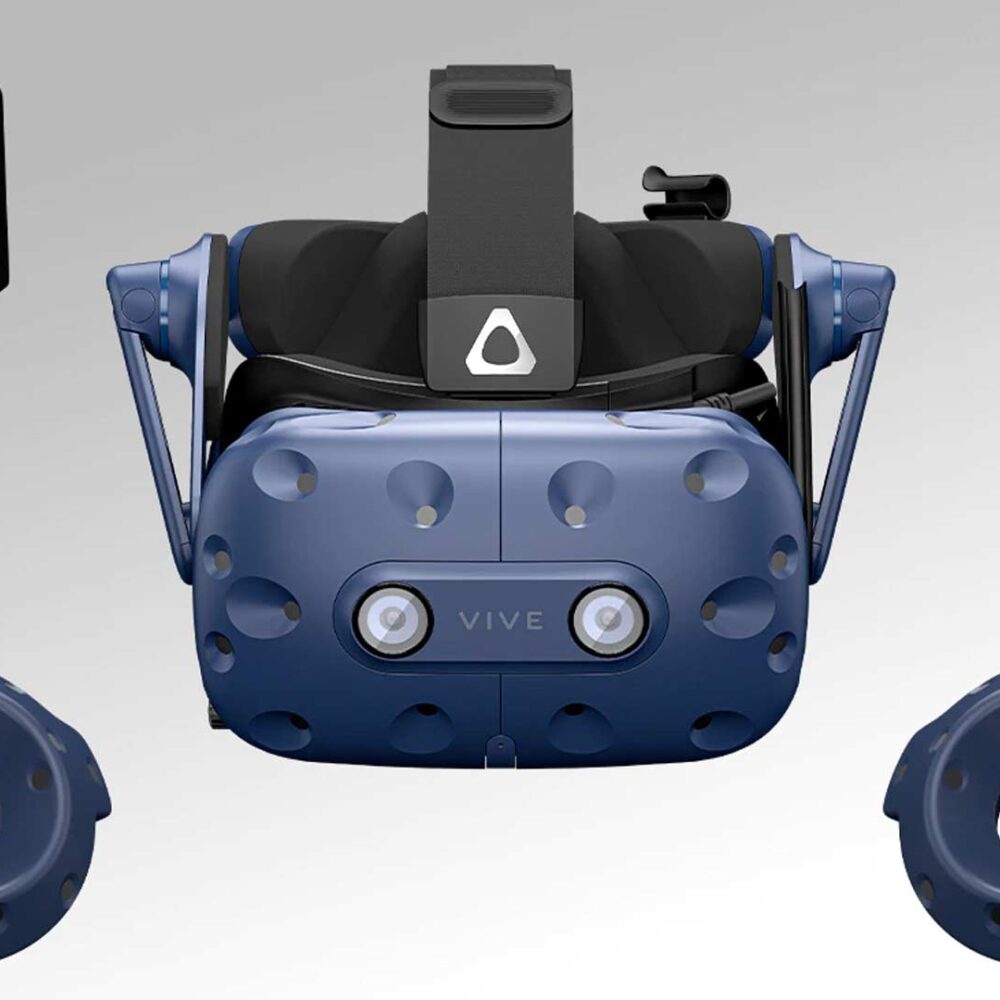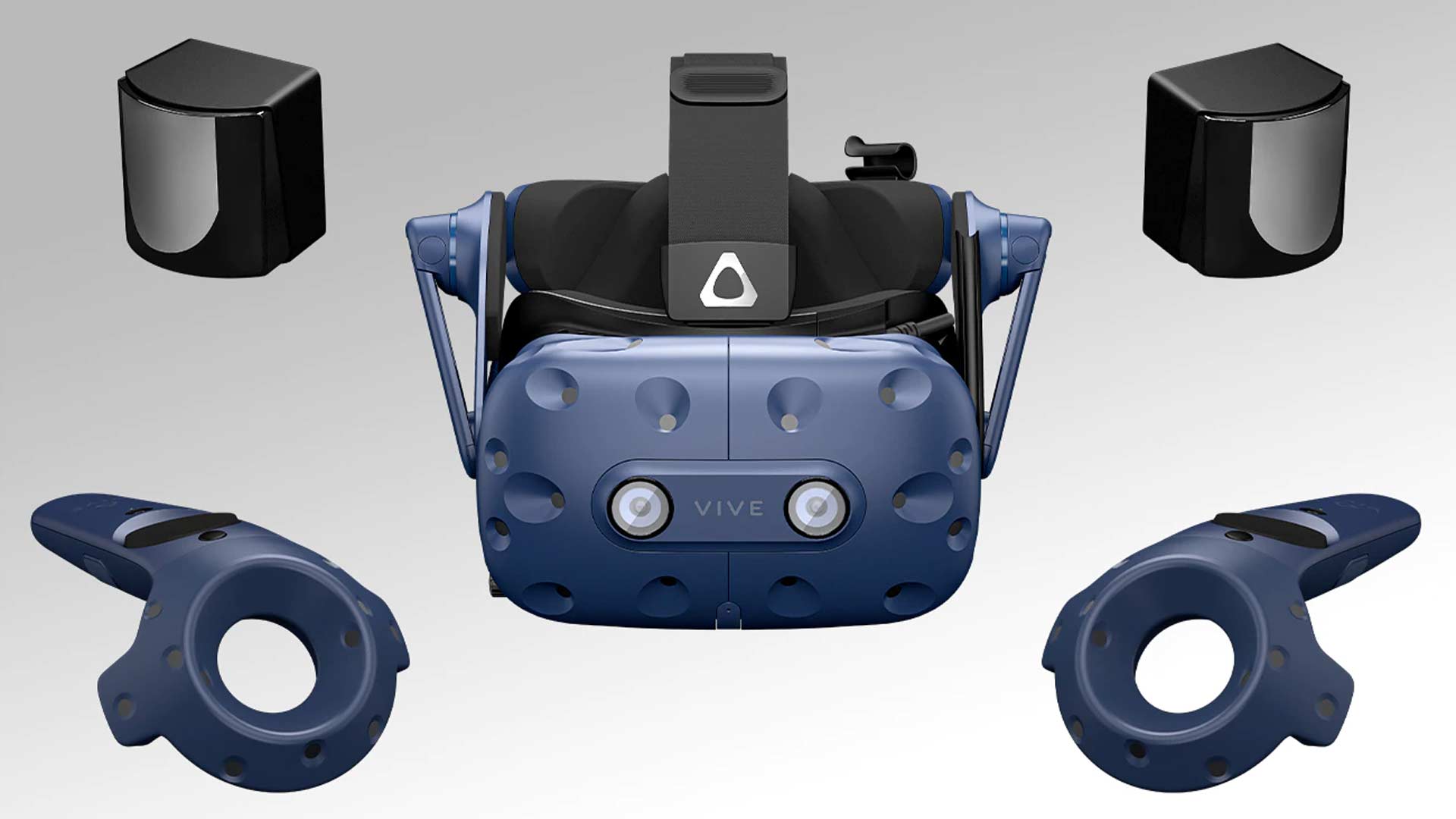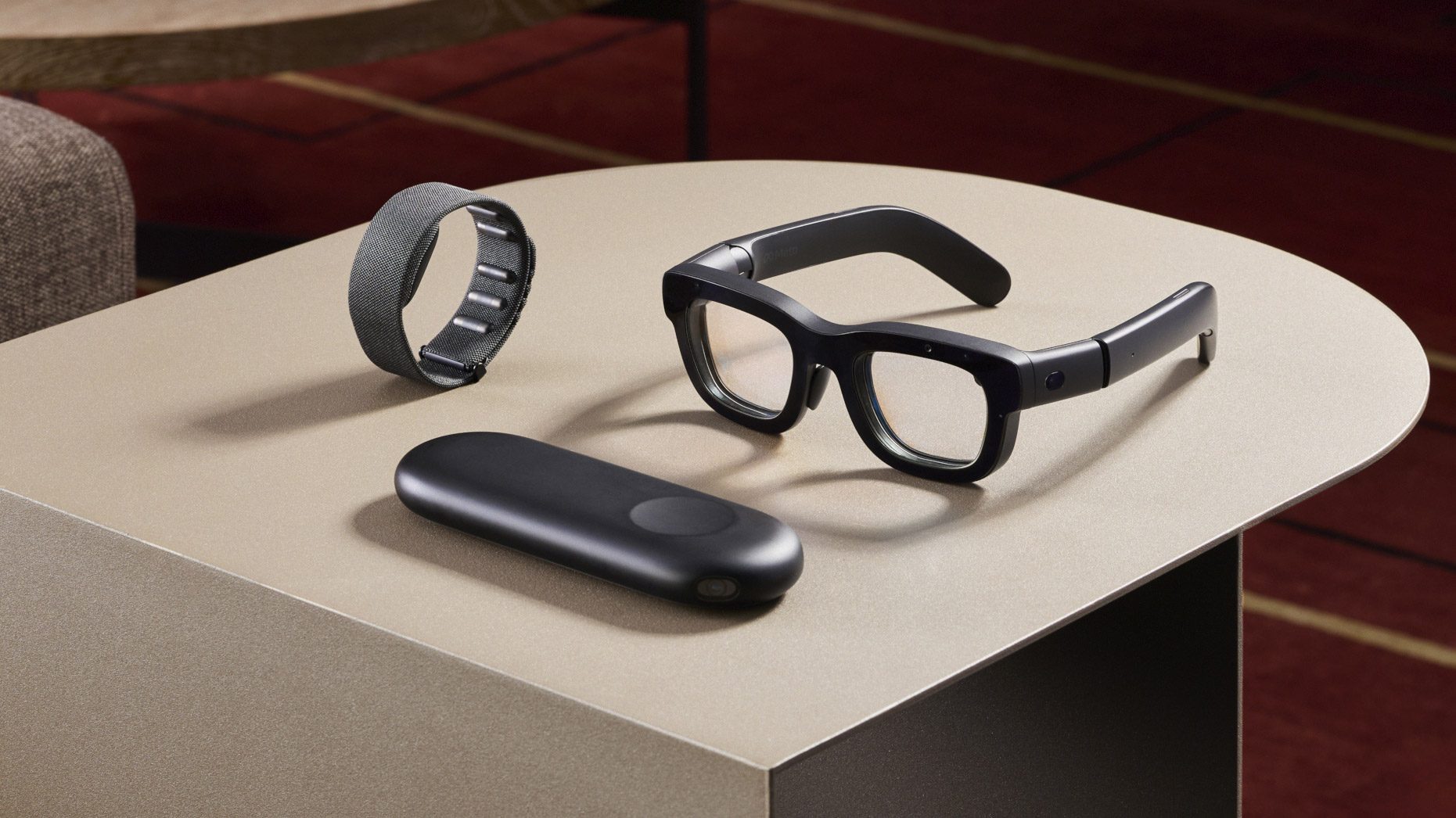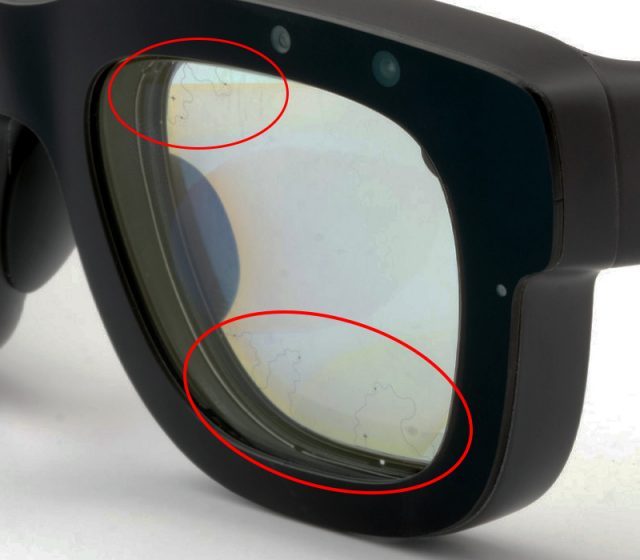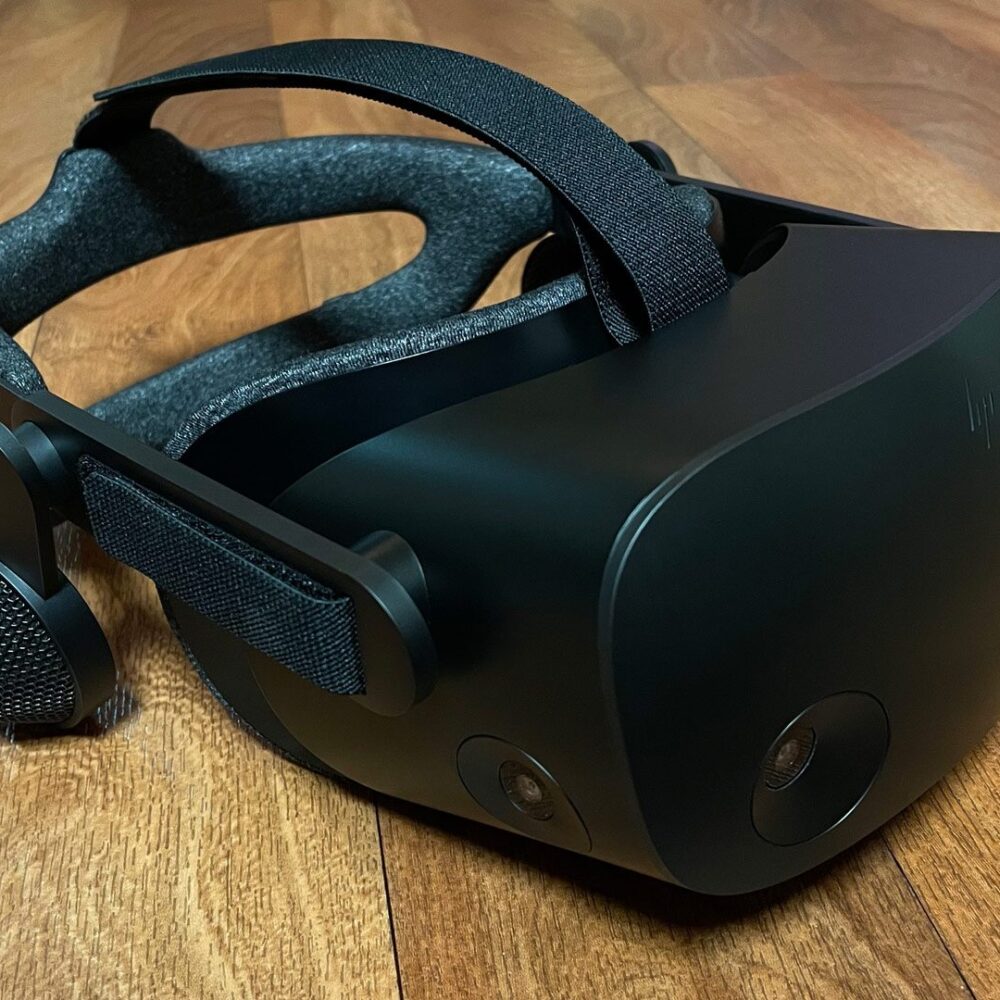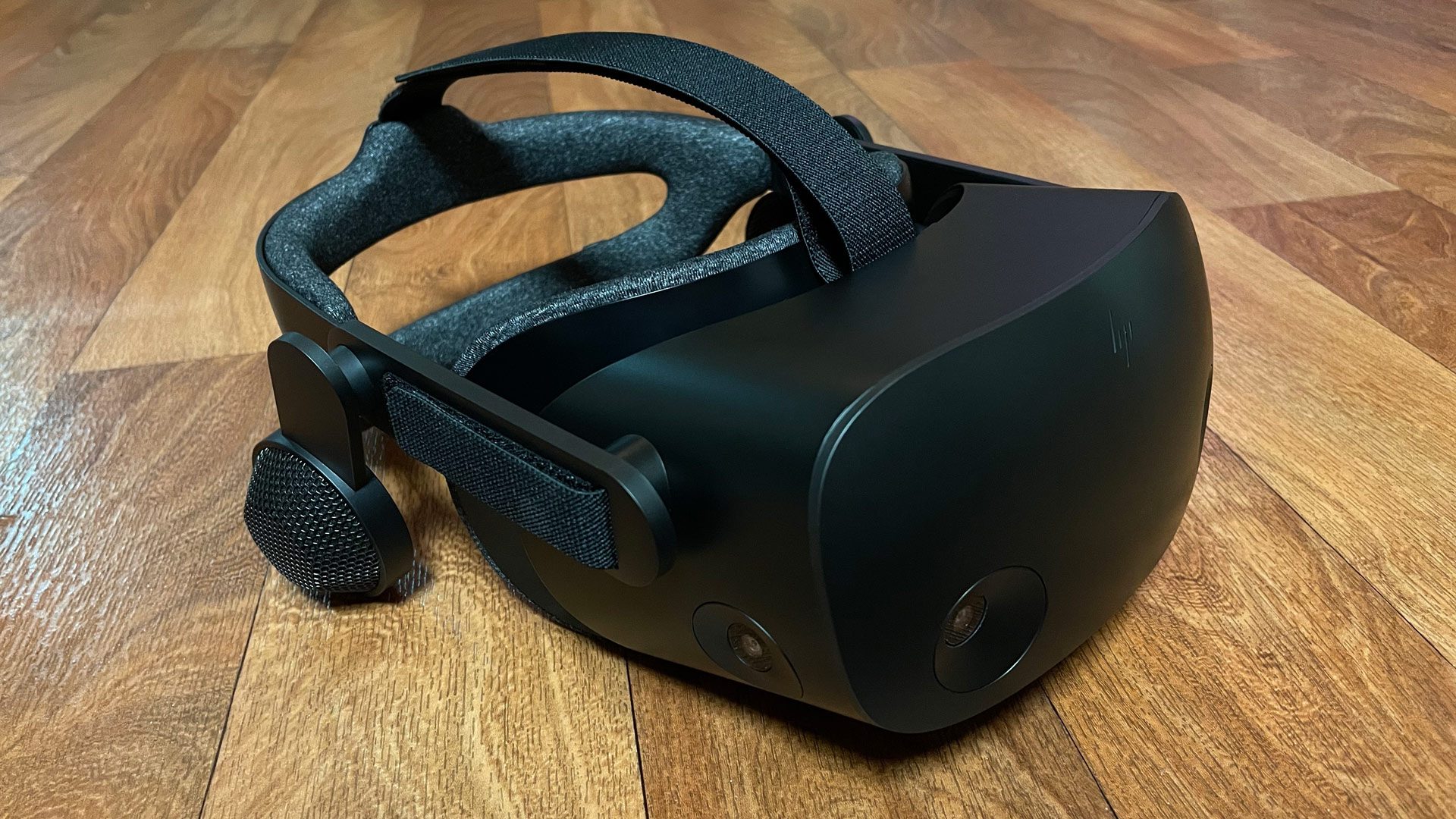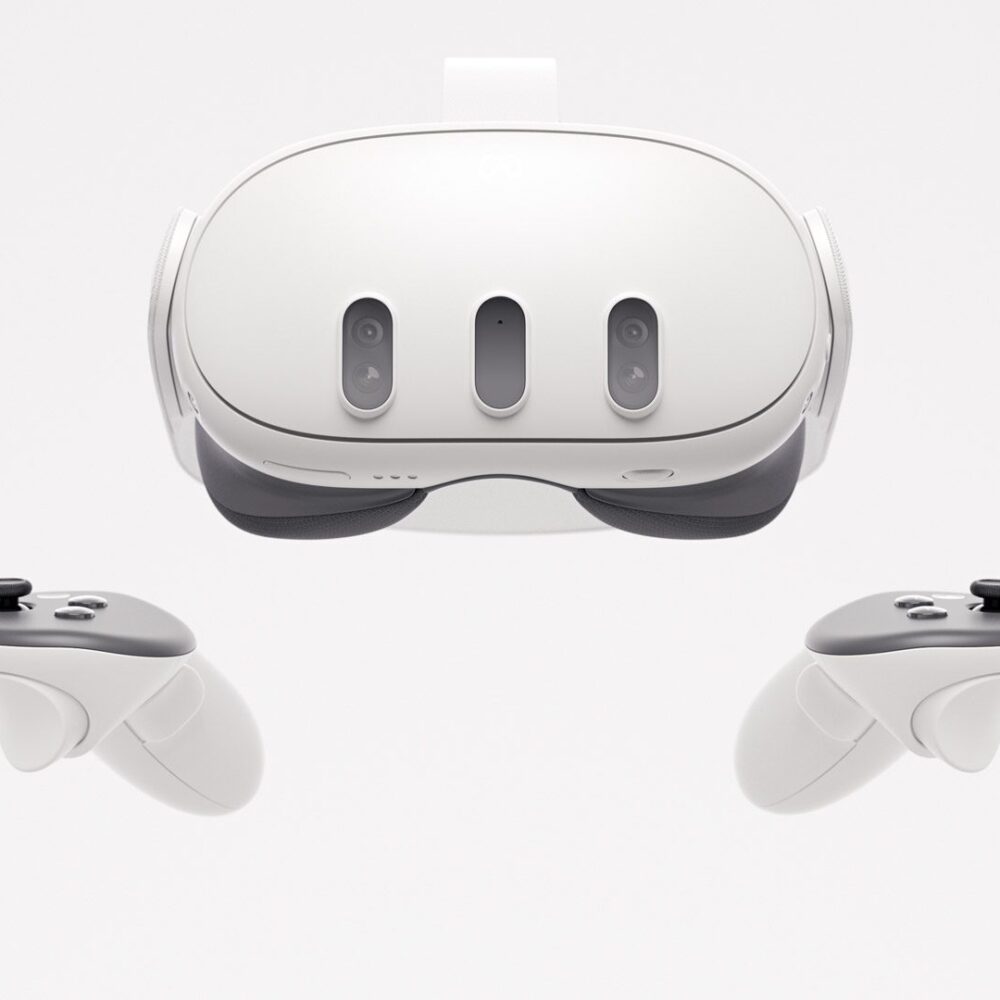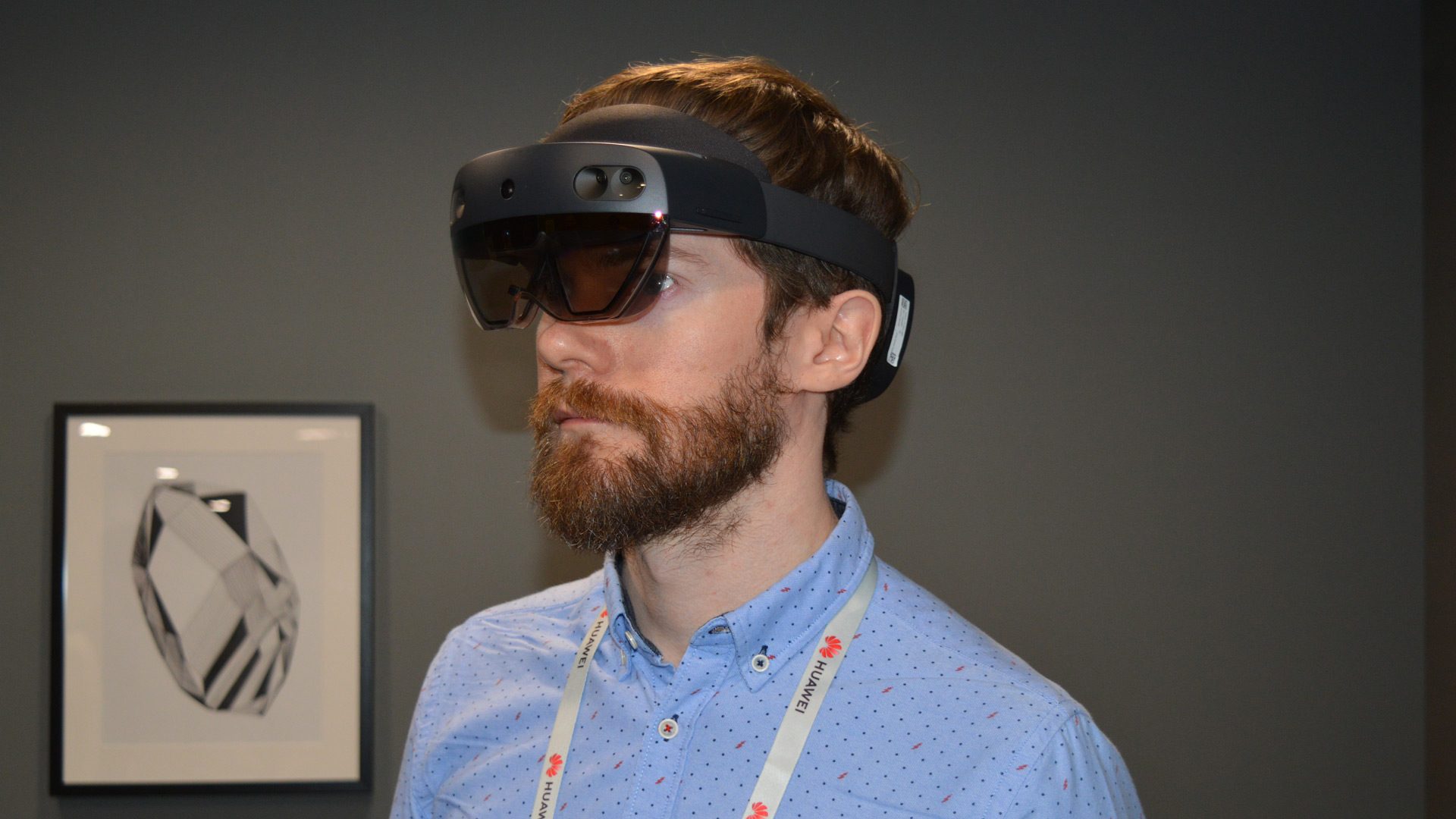Shiftall has launched pre-orders for its newly unveiled MeganeX superlight 8K, a slim and light, high-resolution OLED PC VR headset tracked by SteamVR base stations.
While Panasonic sold off its XR hardware startup Shiftall earlier this year, the companies held a joint press conference in Tokyo yesterday to announce MeganeX superlight 8K, which is slated to start shipping between February and March 2025. Pre-orders are now available in the US, priced at an eye-watering $1,900.
Boasting a flip-up design, MeganeX Superlight 8K is hoping to impress with its 1.35-inch micro OLED displays, offering a resolution of 3,552 × 3,840 per-eye and 90 Hz refresh rate. Supporting 10-bit color depth, the PC VR headset also offers HDR support through SteamVR.
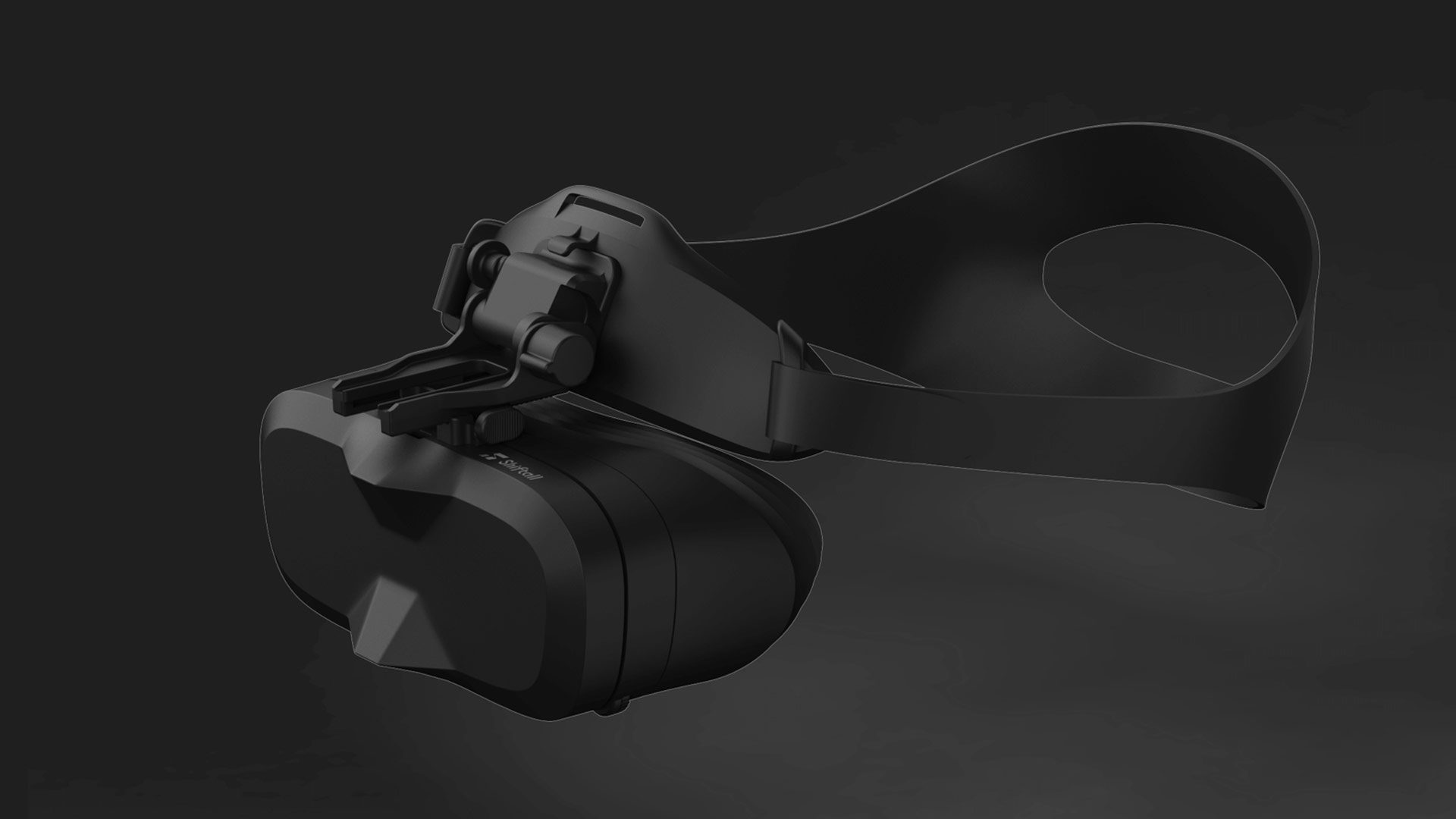
Weighing in at 185g (without headstrap), the headset also features proprietary pancake lenses built by Panasonic and motorized interpupillary distance (IPD) supporting users from 58 to 72 mm, along with focus adjustment from 0D to -7D.
It includes built-in dual microphones with beamforming and features 6DOF head tracking thanks to the inclusion of SteamVR tracking via base stations (version 1.0 or 2.0 required). An add-on prescription lens option will be announced in the future.
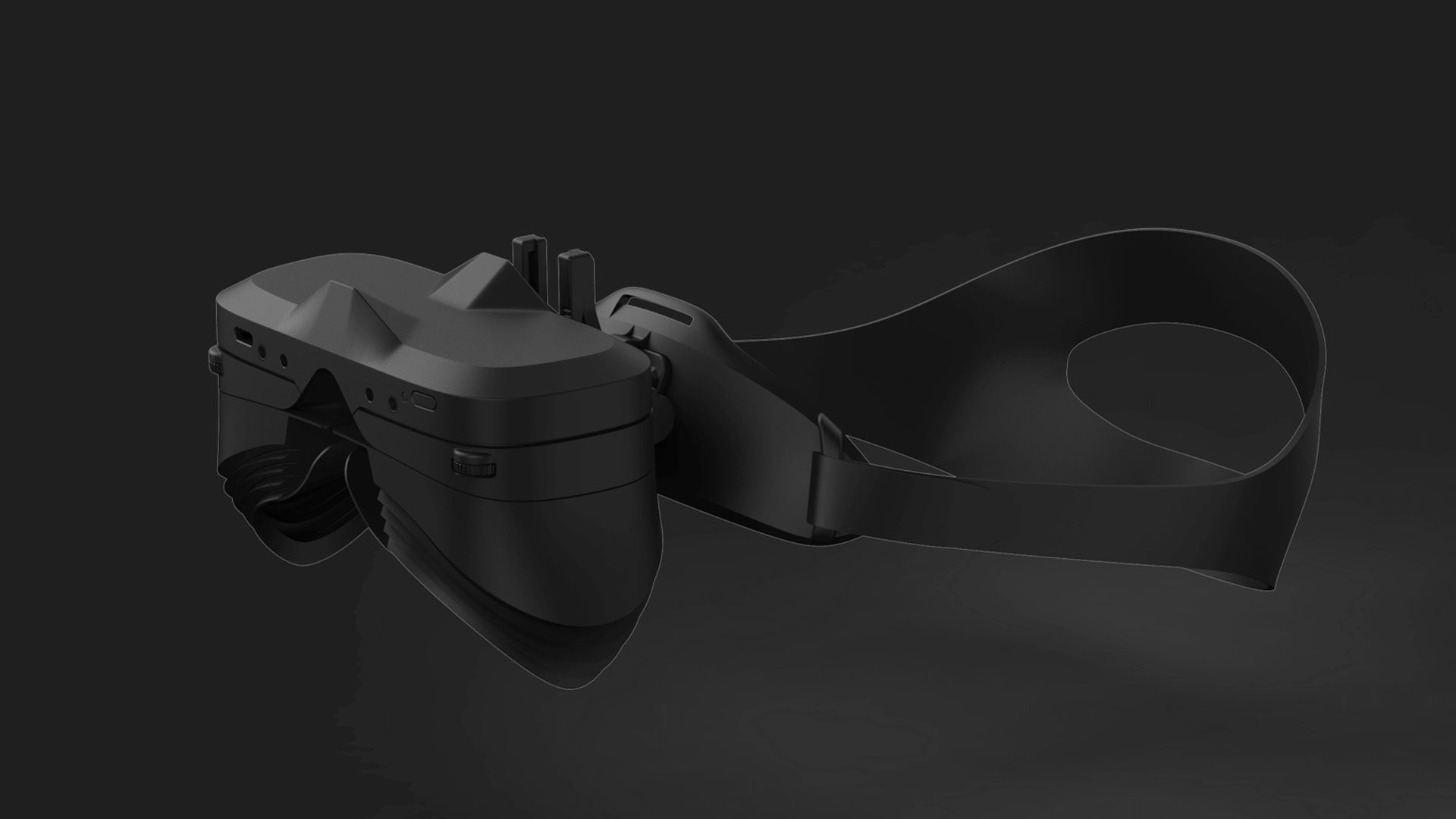
While MeganeX superlight 8K doesn’t feature any sort of onboard audio, it does include a USB Type-C expansion port for headphones.
Only available in Japan and the US for now, Meganex superlight 8K is hoping to resonate with the same sort of PC VR crowd who gravitated towards Bigscreen Beyond, which notably packs in lower-resolution micro OLED displays (2,560 × 2,560 pixels per-eye) at nearly half the price, and at a lower weight (127g).
Like Bigscreen Beyond and the original MeganeX, which only saw a limited release in Japan in late 2023, MeganeX superlight 8K is tapping into the SteamVR ecosystem, meaning you’ll need to bring your own controllers and tracking base stations. You can pre-orders here in the US for $1,900.
Check out the specs below:
MeganeX superlight 8K Specs
| Display |
1.35 inch Micro OLED / 10 bit |
| Contrast Ratio |
1,000,000:1 |
| Resolution |
3,552 × 3,840 per-eye (7,104 × 3,840 pixels for both eyes) |
| Color Depth |
8 bit: 256 gradations, 10 bit: 1024 gradations |
| Color Gamut |
95% DCI-P3 coverage |
| HDR |
Supported via SteamVR |
| Refresh Rate | 90Hz |
| Lens |
Pancake lens (Panasonic built) |
| Interpupillary Distance (IPD) |
58-72 mm (electrically adjustable) |
| Focus Adjustment | 0D to -7D |
| Add-on prescription lens |
Announcing soon |
| Weight |
Less than 185g (6.5 oz)* *Note: Main body only |
| Wearing Method |
Forehead pad + Head strap or Handheld adapter |
| Input (Microphone) |
Built-in dual microphones with beam forming |
| Tracking |
6DoF head tracking with SteamVR tracking *Note: Base station 1.0 or 2.0 required |
| Connectivity |
PC: DisplayPort + USB 2.0, Headset side: USB Type-C *Note: Uses included converter box |
| Package Contents |
MeganeX Superlight 8K, Light shade, Forehead pad, Head strap, USB Type-C cable (9.8 ft / 3 m), USB Type-C cable (3.3 ft / 1 m), DisplayPort cable, AC adapter, Converter box, X2 dongle (for SteamVR controller), Handheld adapter, Safety precautions, Warranty card |
| Price | $1,899 |
